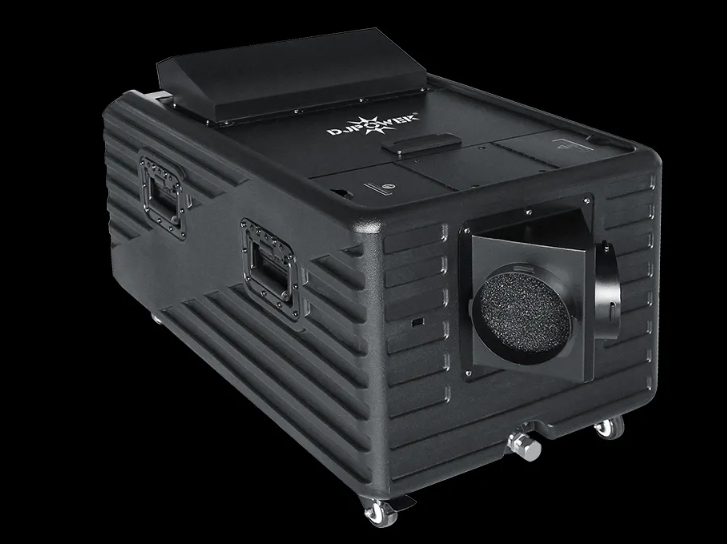Cold rolled steel is a type of steel that has been processed through a cold rolling process. This process involves passing the steel through a series of rollers, which compress and stretch the material to produce a thinner, stronger, and more uniform product.
The cold rolling process is typically used to create sheets or coils of steel that are used in a wide range of applications, including automotive parts, appliances, construction materials, and more. Cold rolled steel has several advantages over other types of steel, including improved strength, durability, and uniformity.
One of the primary benefits of cold-rolled steel is its improved strength. The cold rolling process causes the steel to become denser and more compact, which increases its strength and hardness. This makes it an ideal choice for applications where strength and durability are critical, such as automotive parts and construction materials.
In addition to its strength, cold rolled steel also offers improved surface finish and uniformity. The cold rolling process produces a smooth and uniform surface that is free from defects and imperfections, making it an excellent choice for applications where appearance is important.
Another advantage of cold rolled steel is its versatility. It can be easily formed, bent, and shaped into a wide range of configurations, making it suitable for a variety of applications. This makes it an ideal choice for applications where customization and flexibility are important.
Despite its many benefits, there are some drawbacks to cold rolled steel sheet. One of the main disadvantages is its cost. Cold rolled steel is generally more expensive than other types of steel, due to the additional processing required to produce it. This can make it less cost-effective for some applications.
Another potential disadvantage of cold rolled steel is its susceptibility to corrosion. While the cold rolling process can improve the strength and durability of the steel, it can also make it more susceptible to corrosion. This can be mitigated through the use of coatings or other protective measures.
Overall, cold rolled steel is a versatile and durable material that is ideal for a wide range of applications. Its strength, uniformity, and versatility make it an excellent choice for automotive parts, construction materials, appliances, and more. While it may be more expensive than other types of steel, the benefits it offers can make it well worth the investment.
While cold rolled steel offers many benefits in terms of strength, durability, and versatility, its production can have a significant impact on the environment.
One of the main environmental impacts of cold rolled steel production is energy consumption. The process requires a significant amount of energy to operate the machinery and equipment used to compress and stretch the steel. This energy is often generated through the burning of fossil fuels, which can contribute to greenhouse gas emissions and climate change.
In addition to energy consumption, the production of cold rolled steel can also contribute to air and water pollution. The machinery and equipment used in the cold rolling process can release pollutants into the air and water, which can have negative impacts on the environment and public health.
To mitigate these environmental impacts, manufacturers can take steps to reduce their energy consumption and emissions. This can include investing in more efficient equipment and processes, using renewable energy sources, and implementing recycling and waste reduction programs.
Additionally, consumers can also play a role in reducing the environmental impact of cold rolled steel by choosing products made from sustainable materials, such as recycled steel or other eco-friendly materials. By choosing environmentally friendly products and supporting companies that prioritize sustainability, consumers can help to reduce the overall environmental impact of cold rolled steel production.



没有评论:
发表评论